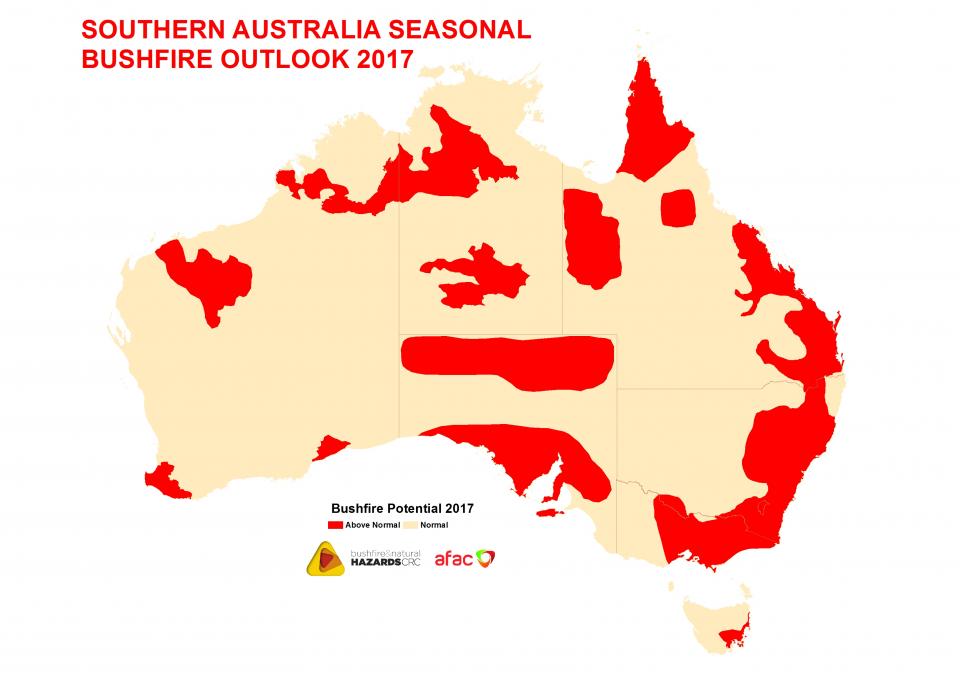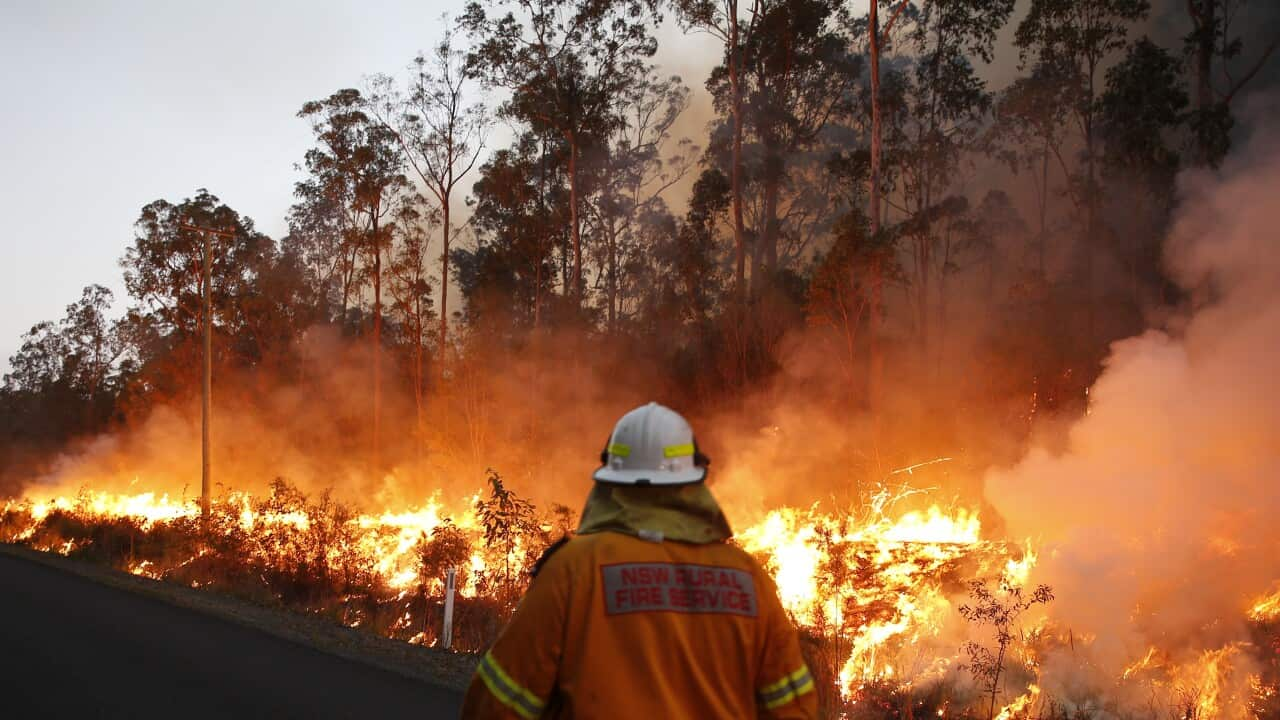Unveiling the Risks: Why Every Homeowner Needs a Bushfire Risk Assessment
Unveiling the Risks: Why Every Homeowner Needs a Bushfire Risk Assessment
Blog Article
Professional Suggestions on Bushfire Administration for Enhanced Fire Security
In the realm of bushfire management, the value of professional guidance can not be overstated. With the boosting regularity and extent of wildfires, it is necessary to seek advice from those fluent in the complexities of fire habits and reduction methods. From recognizing the nuances of bushfire habits to implementing useful steps such as firebreaks and defensible areas, there exists a riches of knowledge that can significantly enhance fire protection initiatives. The crucial lies not just in the private components of fire administration but also in their natural assimilation right into a comprehensive strategy. By diving into the knowledge used in the adhering to discussion, a clearer course in the direction of boosted fire protection can be illuminated.
Understanding Bushfire Habits
To effectively alleviate the effect and manage of bushfires, it is important to have an extensive understanding of bushfire behavior. Bushfires are complicated all-natural sensations affected by numerous factors such as weather conditions, topography, fuel tons, and human activities. Recognizing how these aspects communicate is crucial in anticipating the behavior of a bushfire, enabling much better planning and feedback methods.
One key element of bushfire actions is fire spread. By examining previous fire events and evaluating fire patterns, experts can prepare for how a bushfire may proceed under specific conditions.
Furthermore, comprehending ash strike, identifying, and fire whirls is vital in grasping the full degree of bushfire actions. Embers can travel lengthy distances in advance of the fire front, stiring up spot fires and posturing a significant risk to buildings. Fire whirls, on the other hand, can develop erratic fire habits, making the fire administration procedure even a lot more tough. By diving right into these complexities of bushfire actions, authorities can improve their preparedness and reaction abilities, ultimately lowering the influence of these damaging occasions.
Applying Firebreaks and Defensible Spaces
Recognizing bushfire behavior is foundational for properly executing firebreaks and creating defensible rooms to enhance fire security. Firebreaks are strategically put voids in plants or various other flammable materials that function as barriers to stop the progression or reduce of a bushfire. These can be natural features like roadways or rivers, or manufactured cleanings. Keeping these firebreaks with routine clearing of particles and greenery is important to guarantee their efficiency throughout a bushfire occasion.

Correctly applying firebreaks and defensible areas needs meticulous planning, routine maintenance, and community collaboration to make certain the highest degree of fire defense for buildings and lives in bushfire-prone locations.
Using Early Caution Systems
Deploying innovative early warning systems is important for timely detection and signaling of possible bushfire dangers. By utilizing sophisticated innovations such as satellite surveillance, weather condition sensors, and thermal imaging, authorities can effectively spot and keep track of fire-prone locations ignition sources at the earliest phases. These systems can provide real-time data on fire instructions, intensity, and habits, enabling prompt decision-making and quick release of firefighting sources to the influenced locations.
Very early warning systems additionally play a critical duty in alerting residents and neighborhoods about foreshadowing bushfire dangers. Through automated sirens, text notifies, telephone call, and social media notifications, people can be promptly educated regarding discharge orders, secure sanctuary locations, and emergency situation treatments. This aggressive method not just saves lives however likewise lessens building damage by making sure that people have adequate time to evacuate and protect their homes.
Developing Discharge Plans
Efficient emptying plans are important for making certain the safety and security of citizens in bushfire-prone areas. Developing well-balanced discharge techniques is BAL Assessment vital in minimizing the threats postured by bushfires and safeguarding human life. These strategies should be comprehensive, considering different factors such as the topography of the location, the thickness of vegetation, and the likely rate and direction of the fire's spread.
When producing discharge plans, it is essential to develop clear emptying routes and setting up points where locals can gather securely. These courses need to be consistently preserved to make sure availability during emergencies. Furthermore, interaction methods should remain in location to alert locals of unavoidable risk and provide clear guidelines on discharge treatments.
Collaboration in between regional authorities, emergency services, and area participants is essential in developing reliable emptying plans. When a bushfire intimidates the location, normal drills and exercises need to be carried out to familiarize homeowners with the procedures and make sure a swift and organized evacuation (BMP). By prioritizing the growth of durable evacuation plans, neighborhoods can boost their resilience to bushfire emergency situations and minimize the potential effect on residential or commercial properties and lives

Participating In Neighborhood Readiness
In the realm of bushfire monitoring, cultivating community readiness plays an essential function in strengthening the strength of locals living in high-risk locations. Engaging in neighborhood preparedness includes informing citizens on bushfire dangers, promoting fire safety techniques, and creating emergency strategies collectively. By actively including the community in preparedness efforts, individuals become much more informed and empowered to take positive procedures to safeguard their lives and residential or commercial properties throughout bushfire incidents.
Neighborhood preparedness initiatives often include carrying out fire drills, establishing communication networks, and arranging training sessions on fire suppression methods. Motivating partnership among next-door neighbors to develop a natural assistance system can dramatically enhance the total readiness level of an area. When residents are well-informed and geared up to react properly to bushfires, the chance of lessening damages and guaranteeing security rises considerably.
Final Thought
Finally, reliable bushfire monitoring requires a comprehensive understanding of fire habits, the execution of firebreaks and defensible rooms, the utilization of early warning systems, the advancement of discharge strategies, and area interaction in readiness efforts. By including these methods, communities can boost their fire protection measures and decrease the effect of bushfires on both home and lives. Bushfire Risk. It is vital for all stakeholders to collaborate to develop a safer environment in the face of this natural catastrophe
To effectively minimize the influence and manage of bushfires, it is crucial to have an extensive understanding of bushfire behavior. By examining previous fire events and assessing fire patterns, specialists can anticipate just how a bushfire may advance under particular conditions.Understanding bushfire behavior is fundamental for properly applying firebreaks and developing defensible areas to improve fire protection. Involving in area readiness entails educating locals on bushfire risks, promoting fire safety and security techniques, and creating emergency situation plans jointly.In final thought, reliable bushfire management requires a detailed understanding of fire habits, the application of firebreaks and defensible rooms, the use of very early warning systems, the development of discharge plans, and area interaction in readiness initiatives.
Report this page